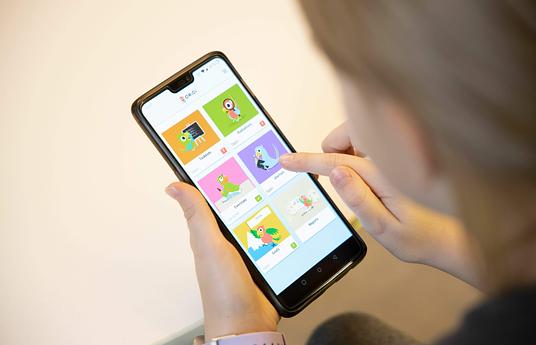What we do?
Help teachers to teach by reaching the learners. We help to design innovative classroom strategies that fit into all forms of the learning sets.
Why we do it?
We believe no learner should be left behind. This game is inspired by the need to provide access to quality education by enriching the teaching and learning experience available to low-cost private and public schools, primarily in under-developed countries. Over 80% of primary and secondary schools in Nigeria lack access to various proliferating educational technology tools. Hence, teachers are limited in scope and practice with regards to engaging students actively-the way students want to learn.
There are various electronic educational game-based tools like the Kahoot! out there. However, as fantastic as these tools are, many classrooms in underdeveloped nations cannot enjoy their use for reasons such as poor power supply and cost of digital devices. Hence the need for this adaptive and innovative tools built to reach all classrooms in underdeveloped world.
%20(8).jpg)

